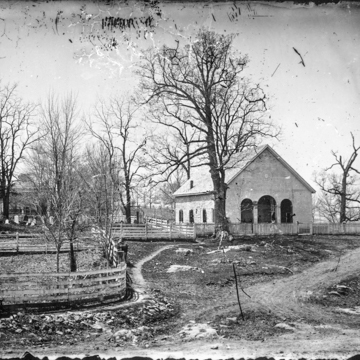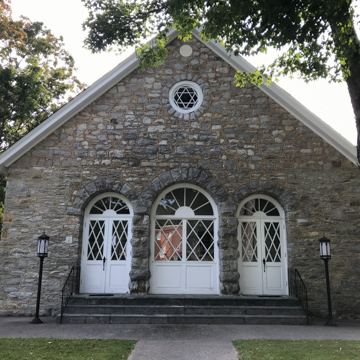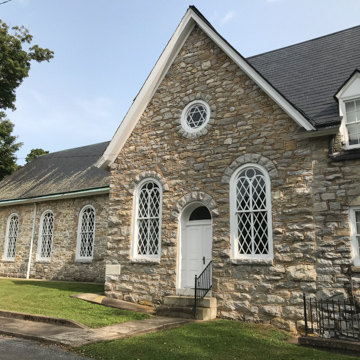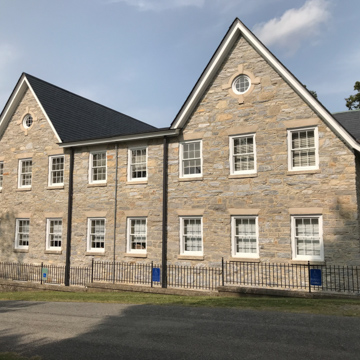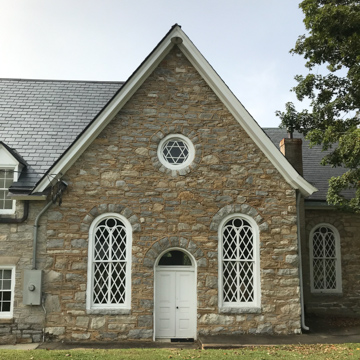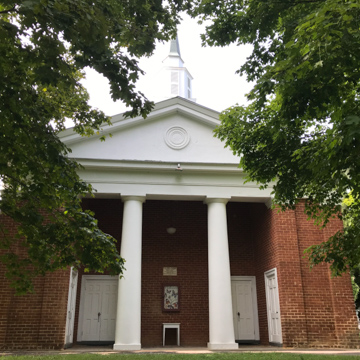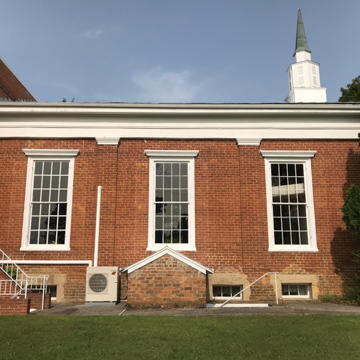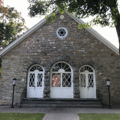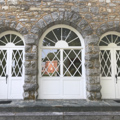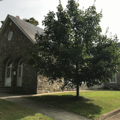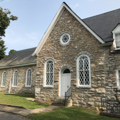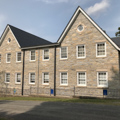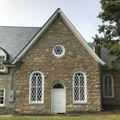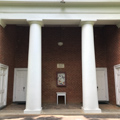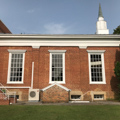You are here
Timber Ridge Presbyterian Church (Old Stone Church)
Portions of the 1756 stone meetinghouse are preserved in the present stone church, making it the second-oldest meetinghouse in the Valley. The church has been altered and enlarged several times, most notably in 1871, when the three-arched porch was added. From 1814 to 1856, the church served two groups of Presbyterians, who were deeply divided over the issue of slavery. Matters came to a head in 1855 when the Assembly Presbyterians locked out the Associate Reform Presbyterians (ARP) and their minister, Horatio Thompson. The ARP group, who supported slavery, built the brick Greek Revival Timber Ridge ARP Church (1855; 160 Timber Ridge). The church's graveyard includes markers from 1773.
Writing Credits
If SAH Archipedia has been useful to you, please consider supporting it.
SAH Archipedia tells the story of the United States through its buildings, landscapes, and cities. This freely available resource empowers the public with authoritative knowledge that deepens their understanding and appreciation of the built environment. But the Society of Architectural Historians, which created SAH Archipedia with University of Virginia Press, needs your support to maintain the high-caliber research, writing, photography, cartography, editing, design, and programming that make SAH Archipedia a trusted online resource available to all who value the history of place, heritage tourism, and learning.









